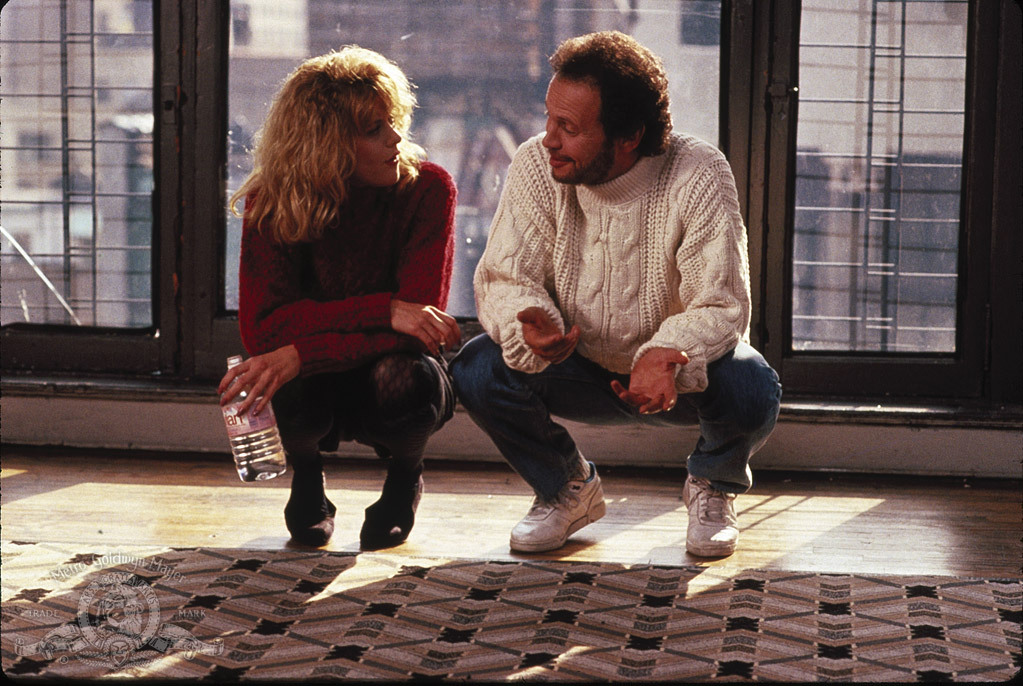Do The Right Thing (1989): A Fiery Depiction of Urban Reality – Review

Directed and written by the incomparable Spike Lee, “Do The Right Thing” is a blistering exploration of racial tension set against the sweltering backdrop of a Brooklyn neighborhood. Delving into a single day’s events, the film serves as a microcosm of societal prejudices, the explosive consequences of systemic racism, and the complexities of the human spirit. More than just a movie, it’s a cultural artifact, dissecting and displaying racial relations in America in the late 1980s.
The Heart of the Story: An Ordinary Day, An Extraordinary Narrative
Lee’s Bedford-Stuyvesant is a vibrant tapestry of characters, each embodying a facet of urban life. From Mookie (played by Lee himself), the pizza delivery guy, to Sal, the Italian-American pizzeria owner, the narrative weaves together disparate lives that coexist, converge, and often clash. As the temperature rises, so does the tension, culminating in a tragic climax that leaves the viewer grappling with profound moral and societal questions.
The genius of “Do The Right Thing” lies in its ability to encapsulate vast, intricate issues within the confines of a neighborhood. The film doesn’t preach; it presents, urging viewers to confront their own biases and question the very nature of right and wrong.
The Controversies: Unpacking Double Standards
Upon its release, “Do The Right Thing” ignited a firestorm of debate. Critics and audiences alike grappled with its portrayal of racial tension, with some praising its unflinching honesty and others decrying it as dangerously provocative. However, the true controversy lay not in the film’s content but in the double standards applied to its creator, Spike Lee.
Lee was often held to a different set of expectations than his white counterparts. His film was dissected, not just for its artistic merit, but for its potential real-world implications. Critics questioned whether the movie would incite violence, a level of scrutiny rarely applied to films by white directors depicting similar themes. This underlying bias was emblematic of the very issues Lee sought to highlight – the differential treatment of Black voices and the often unrealistic burdens placed upon them.
Moreover, Lee’s decision to leave the film’s ending open to interpretation further fueled debate. The lack of a neat resolution was seen by some as a failure to provide answers. Yet, this was precisely Lee’s intention – to reflect the messy, unresolved nature of racial relations in America and to challenge audiences to draw their own conclusions.
Behind the Scenes: Crafting a Masterpiece
The production of “Do The Right Thing” was as intricate as its narrative. Spike Lee, known for his meticulous attention to detail, sought to create an immersive experience. The film’s color palette, dominated by reds and oranges, was a deliberate choice to evoke a sense of heat and unease. Cinematographer Ernest Dickerson employed innovative techniques, such as the use of filters, to intensify the visual experience, making the audience feel the oppressive heat of the hottest day of the summer.
The iconic opening sequence, featuring Rosie Perez dancing to Public Enemy’s “Fight the Power,” set the tone for the film – energetic, defiant, and unapologetically bold. The soundtrack, curated by Lee, was more than just an accompaniment; it was a character in itself, encapsulating the cultural and emotional landscape of the time.
Casting was another area where Lee’s precision shone. Each actor, from the leads to the supporting cast, was chosen for their ability to bring authenticity to their roles. The ensemble cast, including names like Danny Aiello, Ossie Davis, Ruby Dee, and Giancarlo Esposito, delivered performances that were both nuanced and powerful.
The Legacy of “Do The Right Thing”
Three decades on, the relevance of “Do The Right Thing” remains undiminished. In an era of continued racial tension and social unrest, the film’s themes resonate with a new generation, underscoring its timeless appeal.
Spike Lee’s magnum opus is more than just a movie; it’s a conversation starter, a societal mirror, and a masterclass in filmmaking. It stands as a testament to Lee’s prowess as a storyteller and his ability to capture the complexities of the human experience.
In the annals of cinematic history, “Do The Right Thing” will be remembered not just for its compelling narrative and technical brilliance but for its courage. It’s a film that dared to challenge, to question, and to confront, leaving an indelible mark on the landscape of American cinema. Through it, Spike Lee didn’t just tell a story; he sparked a movement, urging viewers to look beyond the surface, to introspect, and ultimately, to “do the right thing.”




